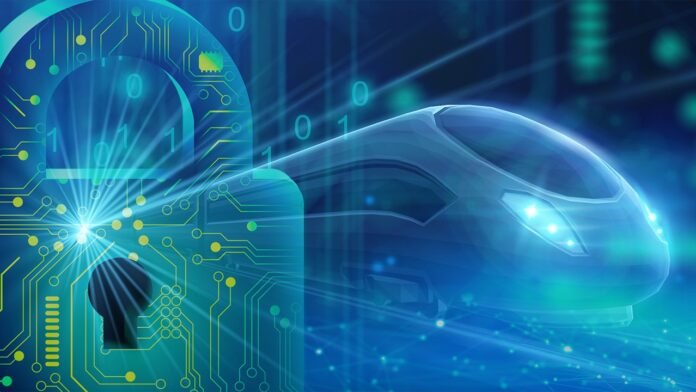1. Introduction
Growing Urbanisation in India
India is experiencing a steady rise in urbanisation. As of 2021, India’s urban population was approximately 477 million, accounting for about 34% of the total population of around 1.3 billion. By 2030, this figure is projected to rise to about 590 million, which would represent approximately 40.76% of the total population. This increase in urban population contributes to city congestion, leading to various transportation challenges.
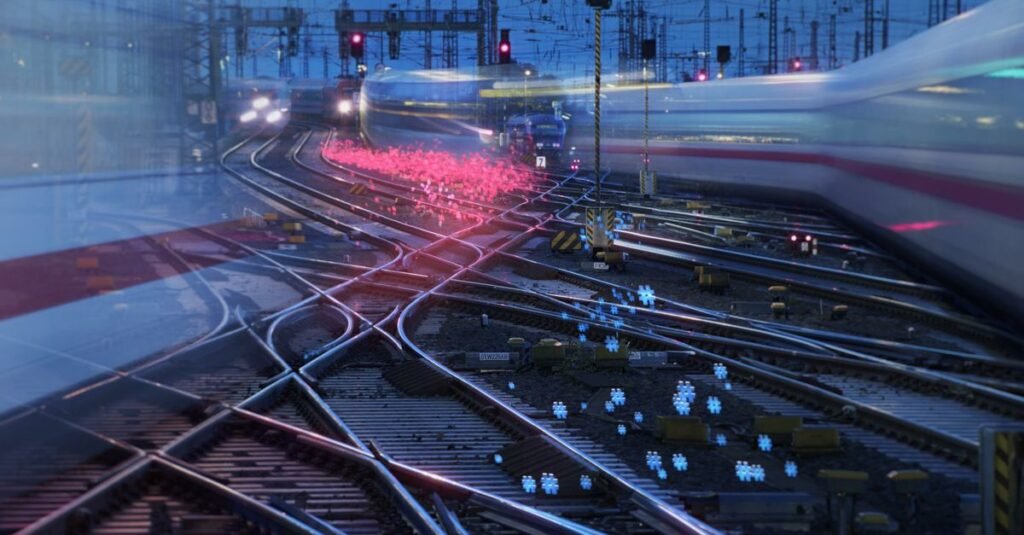
The rate of infrastructure development has not matched the growing urban population, resulting in strain on transportation systems. This congestion results in increased travel times, higher emissions, and rising costs associated with traffic management and infrastructure upkeep.
Transportation Management with Rapid Urbanisation in Cities
India’s transportation sector is critical to the national GDP and supports numerous industries and sectors. Currently making up 6.7% of GDP, it is projected to grow to approximately 12% by 2026. Increasing urban populations and rising per capita income are also resulting in longer commute times, leading to substantial productivity losses due to time spent in traffic. Additionally, increased fuel consumption is contributing to environmental degradation and higher carbon emissions.
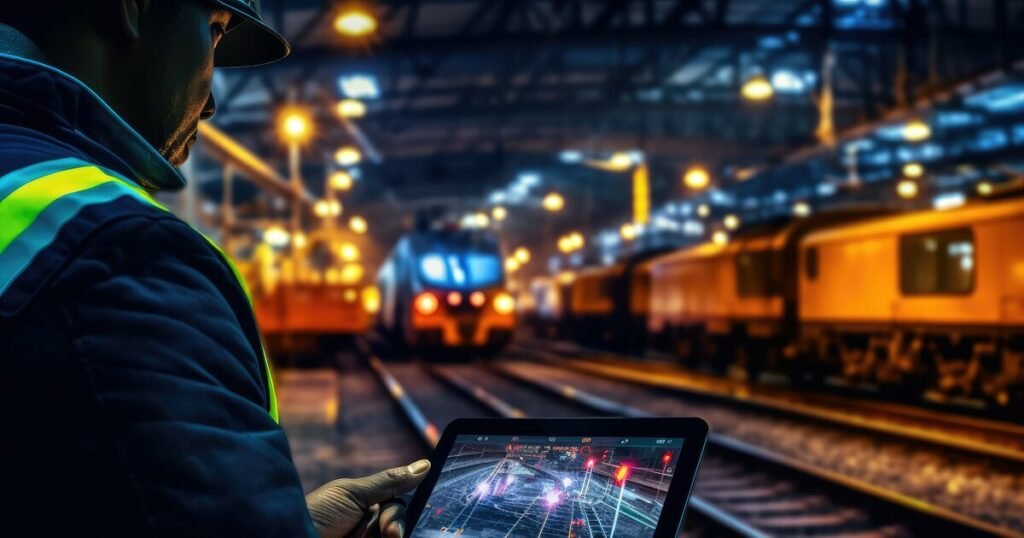
To address the limitations of transportation infrastructure, the adoption of advanced technology has become essential. In September 2017, India’s NITI Aayog partnered with the International Road Federation in Geneva to advance Intelligent Transportation System (ITS) initiatives in the country. Key areas of focus include fleet management and monitoring, electronic enforcement of traffic regulations, traffic and parking management, and promoting innovation and education in ITS.
Intelligent Transportation Systems (ITS) for Indian Cities
Intelligent Transportation Systems (ITS) refer to the integration of advanced technologies, including information and communication technologies, into transportation infrastructure and vehicles to enhance the efficiency, safety, and sustainability of transport networks. ITS encompasses a wide range of applications that improve traffic management.
ITS in Rail Transportation
Intelligent Transportation Systems (ITS) are increasingly being integrated into railway operations to enhance safety, efficiency, and sustainability.
Major components of ITS in Metro and Railways include:
Real-Time Data Collection and Analysis
Intelligent Transportation Systems (ITS) use sensors and data analytics to monitor parameters such as train speed, track conditions, and passenger flow. This real-time data supports decision-making for operational management, allowing transit operators to adjust schedules, conduct timely maintenance, and respond to changing conditions to maintain safe and reliable services.
Vehicle-to-Infrastructure (V2I) Communication
Vehicle-to-infrastructure (V2I) and Vehicle-to-Vehicle (V2V) communications allow trains to exchange information with trackside equipment and other trains. This connectivity improves safety by delivering alerts about potential hazards or operational issues, supporting timely responses to maintain safe and efficient operations.
Automatic Train Control (ATC)
Intelligent Transportation Systems (ITS) incorporate automated train control systems that optimise train movements, minimise delays, and improve scheduling efficiency. For example, the European Train Control System (ETCS). ATC systems automatically regulate train speeds and braking to prevent collisions and ensure safe operations.
Data Analytics
Intelligent Transportation Systems (ITS) generate extensive data that can be analysed to support informed decisions regarding policy, planning, and resource allocation. Real-time tracking of train locations in public transportation, for instance, allows for accurate arrival predictions, providing passengers with reliable estimates for the next metro or train.
Need for ITS in Indian Cities
Increasing Demand for Rail Services
With Indian Railways carrying over 8 billion passengers and 1.23 billion tonnes of freight annually, there is a pressing need to manage this vast volume efficiently.
Integration with Other Transport Modes
ITS supports the integration of rail services with other modes of transportation, such as buses and metros, creating a seamless travel experience for passengers.
Accident Prevention
Passenger safety remains a top priority in train operations. Intelligent Transportation System (ITS) technologies like the European Train Control System (ETCS) and Communications-Based Train Control (CBTC) enhance safety by reducing the risk of accidents linked to human error.
Reduced Emissions
By optimising train operations and reducing idle times, ITS contributes to lower fuel consumption and greenhouse gas emissions.
Efficient Resource Utilisation
Intelligent Transportation Systems (ITS) enable maximum use of existing infrastructure, reducing the need for costly expansions. By enhancing traffic management and public transportation operations, ITS allows cities to better accommodate growing demand, often deferring or minimising the need for new investments. This approach supports more sustainable urban development by maximising current resources and improving overall transit efficiency.
Challenges in Deploying ITS
Financial Factors
Deploying Intelligent Transportation Systems (ITS) requires considerable financial investment in infrastructure, equipment, and maintenance. This can be a challenge where budgets may be limited.
Infrastructure constraints
Many railway systems operate on outdated technology that may not be compatible with new ITS. Integrating these systems can be complex and costly, requiring upgrades or replacements of existing infrastructure.
Cybersecurity Risks
As ITS relies heavily on data exchange and communication networks, it is vulnerable to cyberattacks. Ensuring cybersecurity measures are in place is essential to protect sensitive information and maintain system integrity.
Contactless Travel: Redefining Convenience in Rail Transportation Systems
Introduction
Indian Railways is enhancing passenger convenience by integrating advanced technologies into its infrastructure as part of its Intelligent Transportation System (ITS) initiative. Over the years, ticketing systems in Indian Railways have undergone a paradigm shift. Initially, Indian Railways relied on traditional ticket booking methods, primarily through over-the-counter services at stations. This system often led to long wait times, limited accessibility, and constrained booking options, which negatively impacted passenger convenience.
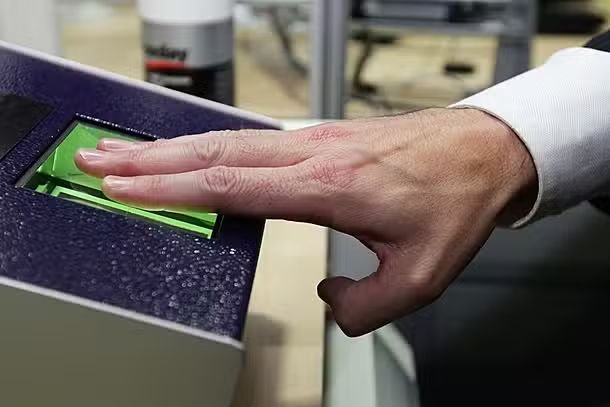
To address these challenges, Indian Railways transitioned to digital ticketing, beginning with the launch of IRCTC’s online ticketing system on August 3, 2002, which enabled passengers to book tickets from home.
The integration of contactless payments is a step towards further improving passenger flow, especially in high-density urban stations, while supporting cashless, time-efficient transactions.
Contactless Payments
Contactless payment systems are digital transaction methods that allow users to make payments by tapping or waving a compatible card, smartphone, or wearable device near a contactless reader without requiring physical contact or the need for a PIN. These systems utilise technologies such as NFC (Near Field Communication), RFID (Radio Frequency Identification), or QR codes.
Beginning of Contactless Payments in Indian Railways & Metro Systems
The Indian Railway Catering and Tourism Corporation (IRCTC) launched the first online ticketing system for Indian Railways on August 3, 2002. This development shifted ticket booking from traditional counter methods to an online platform.
The COVID-19 pandemic expedited the implementation of contactless payment systems within Indian Railways and metro systems. The imperative necessitated this transition to minimise physical interactions and enhance passenger safety.
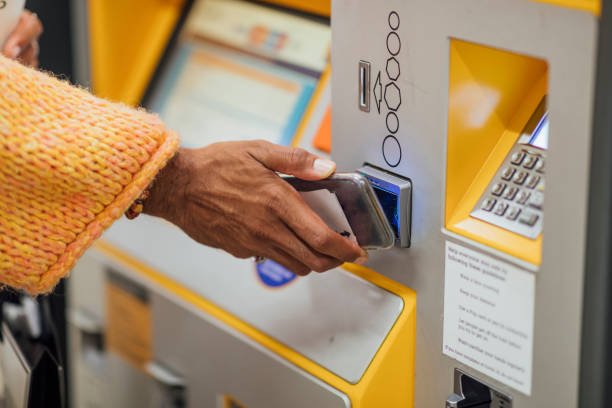
Key Initiatives Towards Implementing Contactless Payment Systems
Online Ticketing
The first online ticketing system for Indian Railways was launched on August 3, 2002, by the Indian Railway Catering and Tourism Corporation (IRCTC).
Smart Card
The Delhi Metro Rail Corporation (DMRC) introduced the first smart cards for rail transportation in India in 2005.
Mobile Ticketing
In 2014, the Indian Railway Catering and Tourism Corporation (IRCTC) launched its first e-ticketing Android mobile app, named “IRCTC Connect.
Pilot Project
A pilot project for contactless ticket-checking was launched at Prayagraj Junction in October 2020.
Mobile-Based QR Code Ticketing System
On November 16, 2017, Mumbai Metro introduced India’s first mobile ticketing system for the Versova-Andheri-Ghatkopar corridor, enabling commuters to purchase tickets via smartphones using “Skiip Q” technology.
National Common Mobility Card (NCMC)
The first National Common Mobility Card (NCMC) in India was launched on March 4, 2019, as an integral component of the “One Nation, One Card” initiative. The NCMC is designed for use across multiple modes of transportation, including metro services, buses, suburban railways, tolls, and parking fees.
WhatsApp Ticketing System
DMRC launched the first WhatsApp-based ticketing system on the Airport Express Line earlier in 2023. This system was later expanded to all metro lines of Delhi Metro on October 5, 2023.
Benefits of Contactless Travel
Convenience and Speed
- Contactless systems enable passengers to simply tap their cards or mobile devices at entry and exit points, removing the need for ticket queues. This simplifies the boarding process and reduces wait times at stations.
Sustainability Focus
Contactless travel systems, by enhancing convenience and accessibility, encourage public transportation over personal vehicles, reducing carbon emissions.
Cost Efficiency
Implementing contactless systems helps rail operators cut costs related to cash handling and ticket production. It also reduces the need for physical ticket counters and staffing, resulting in operational savings.
Unified Payment Solutions
Contactless technology enables passengers to use a single payment method across multiple modes of transportation (e.g., trains, buses), streamlining the travel experience for those who rely on different forms of transit.
Data Insights
Contactless payment systems provide transit authorities with extensive data on passenger behaviour, including travel frequency, peak usage times, and route preferences. This information can be used to optimise service schedules, allocate resources efficiently, and make data-informed adjustments to route planning.
Challenges of Contactless Travel
Infrastructure Investment
Deploying contactless systems requires substantial investment in both technology and physical infrastructure. This involves upgrading existing ticketing platforms, installing new readers and sensors at stations, and establishing strong cybersecurity protocols to protect sensitive passenger information.
Safety & Security Concerns
- Cybersecurity Threats: Contactless systems are vulnerable to cyber-attacks such as phishing, malware, and denial-of-service (DoS) attacks, which can disrupt services and compromise passenger data.
- Data Privacy Concerns: These systems collect personal data, including transaction details and travel patterns. Inadequate data protection measures can expose this information to unauthorised access, posing privacy risks for passengers.
Complex Stakeholder Engagement
Implementing contactless ticketing systems involves collaboration across various stakeholders, including government agencies, technology providers, and transport operators. Effective implementation requires clear coordination and alignment among these groups, which can often be challenging and time-consuming.
Future Trends in Contactless Travel
Biometric Authentication
The plans are in place to Incorporate biometric technologies such as facial recognition and fingerprint scanning to streamline the boarding process and enhance security.
Smart Contracts and Blockchain
The introduction of smart contracts on blockchain could automate fare calculations based on factors like distance or travel time, creating a transparent, efficient system.
Expansion of Open Loop Systems
Open loop systems allow passengers to use bank cards or mobile wallets for fare payment, eliminating the need for dedicated travel cards. This simplifies access and enables seamless use across various transit networks.
Cybersecurity in Urban Transportation: Protecting Infrastructure and Passenger Data
Introduction
The rail transportation industry has undergone a technological transition over the past few decades, evolving from isolated, manually operated systems to complex, interconnected digital networks. This evolution has been propelled by advancements in automation, digitised signalling, and the integration of Internet of Things (IoT) technologies. The integration of such advanced technologies in rail infrastructure enhanced the operational efficiency and enhanced passenger services.
However, this paradigm shift has introduced a new and critical concern: cybersecurity. As rail systems become increasingly interconnected, they face heightened vulnerabilities to cyber threats that could disrupt operations, compromise safety, and endanger sensitive passenger information.
This article aims to delineate the major benefits and vulnerabilities associated with this technological evolution.
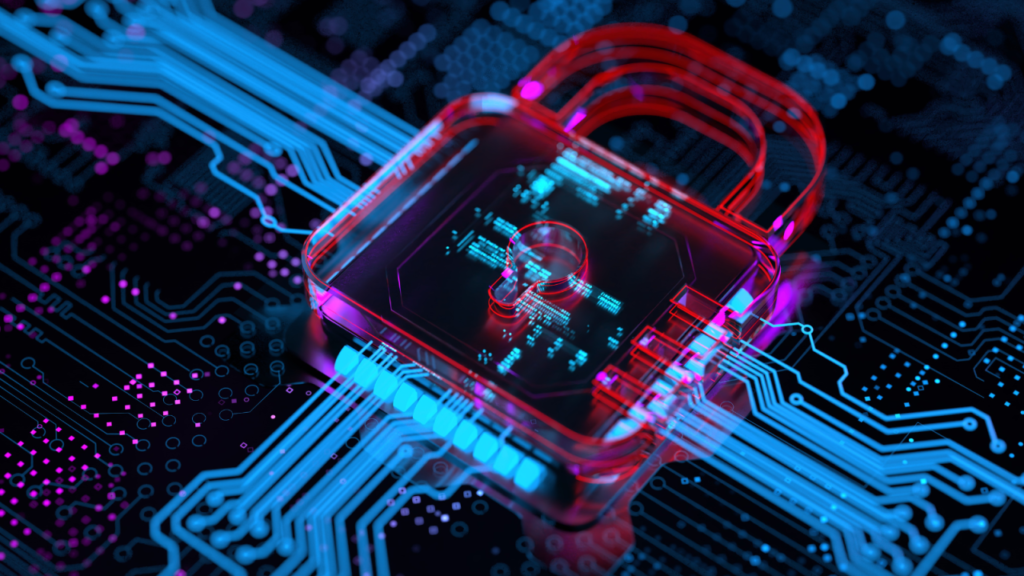
Emerging Cybersecurity Threats to Railway & Metro Systems
Traditionally viewed as safe due to their isolated nature, railway systems have become vulnerable to cyber-attacks with the shift toward networked and digital technologies. Cybercriminals can target these advanced systems by manipulating digital commands within railway & metro systems, which can lead to severe consequences, including collisions and disruptions. Threats extend across the system, affecting ticket machines, passenger information displays, and on-board passenger Wi-Fi.
As railway systems shift from custom, isolated setups to standardized, open-platform equipment that uses common commercial components, they become more vulnerable to cyber-attacks.
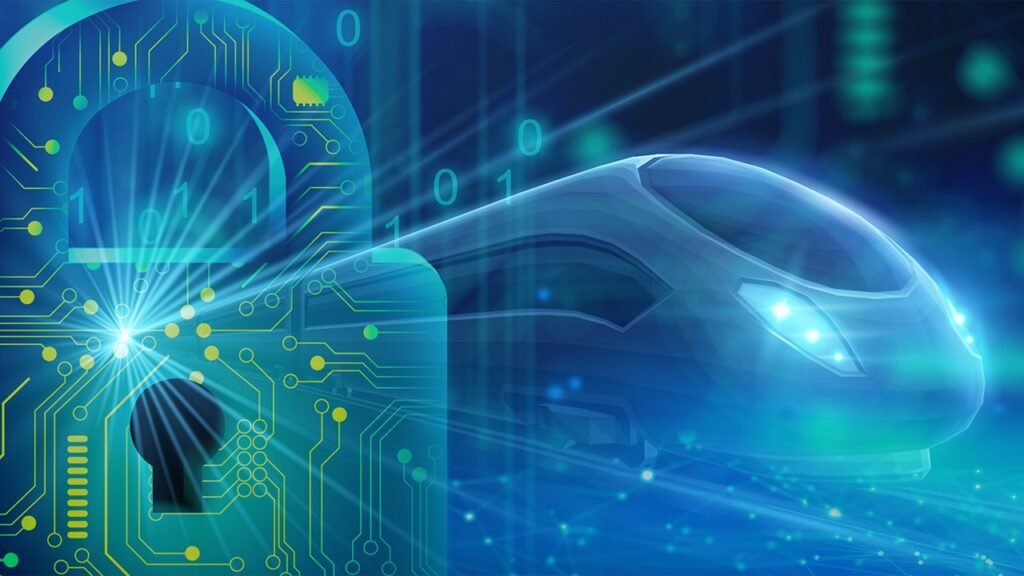
Key Factors That Make Railway & Metro Systems Attractive Targets For Cybercriminals Include:
- Distributed Architecture: Railways & metro systems rely on a vast networked architecture, which makes it challenging to maintain consistent security protocols across all segments.
- Supply Chain and Technological Diversity: The involvement of multiple suppliers and various technology types introduces variability, complicating unified cybersecurity standards.
- Enhanced Connectivity: Increased digital integration heightens vulnerabilities, especially in critical systems like signalling and train control.
Modern signalling technologies like the European Rail Train Management System (ERTMS), positive train control (PTC), and cloud-based analytics enhance operational efficiency but also expose railways to new vulnerabilities. These systems incorporate sensors in components such as signals and point machines, providing interlocking systems with extensive data but also increasing potential cyber entry points.
The Internet of Things (IoT) and New Entry Points for Cyber-Attacks
The proliferation of the Internet of Things (IoT) has introduced a vast number of connected devices to railway systems, ranging from essential operational tools to non-critical “smart” devices. While these devices can improve functionality, many are low-cost and lack comprehensive security features. A basic IoT device can become an entry point for hackers, particularly when the device network shares connectivity with critical train control systems.
Compromised network separation between mission-critical systems and passenger or business networks can allow external attackers to access train control remotely.
In many cases, train-to-ground communication relies on wireless local area network (WLAN) technology, introducing vulnerabilities in critical systems like authentication, encryption, and transmission.
Types of Cyber Threats in Railways
Manipulation of Train Control Systems
Cyber attacks targeting control systems (e.g., signalling systems) can manipulate train operations by sending false commands or altering signals. This type of attack can lead to catastrophic accidents.
Denial-of-Service (DoS) Attack
Attackers may overwhelm railway networks with traffic, rendering services unavailable to legitimate users. Such attacks can disrupt ticketing systems and real-time passenger information services, leading to operational chaos.
Phishing Attack
Cybercriminals may use phishing emails to trick employees into revealing login credentials or downloading malicious software. These attacks can lead to unauthorised access to sensitive systems and data breaches.
Supply Chain Vulnerabilities
Compromises in third-party vendors supplying technology or services to railways can introduce vulnerabilities, undermining the security of critical infrastructure and leading to widespread disruptions.
Cybersecurity Solutions for Railway Protection
- Real-Time Threat Monitoring and Continuous Detection: Effective cybersecurity requires real-time threat detection, monitoring for anomalies across the network, and offering immediate alerts.
- Physical and Electronic Network Isolation: Ensuring separation between passenger and control networks using air-gapped designs prevents unauthorised access to control systems.
- Unidirectional Security Gateways: While firewalls have traditionally served as a security barrier, the complexity of modern threats calls for stronger protection. Unidirectional gateways provide one-way data transfer.
Recent Cyber Incidents
- The 2017 “NotPetya” ransomware attack disrupted Ukraine’s rail system.
- In 2022, a cyberattack on Denmark’s railway system affected operations and passenger services.
Benefits of Implementing Cyber Security Measures
Benefits of Implementing Cyber Security Measures
Enhanced Safety and Reliability
Implementing cybersecurity measures helps protect critical systems such as signalling and train control, preventing the risk of accidents caused by unauthorised access or system failure.
Protection Against Financial Losses
By safeguarding against cyber threats, rail operators can mitigate costly disruptions and data breaches that could lead to significant financial losses.
Operational Efficiency
Cybersecurity solutions enable real-time monitoring and data analytics, allowing for better asset management and predictive maintenance.
Challenges in Implementation
Complexity of Rail Operations
The intricate structure of railway systems, involving components like signalling, communications, and control systems, adds challenges to implementing comprehensive cybersecurity measures.
Resource Constraints
Budgetary limitations hinder the ability to invest in advanced cybersecurity solutions.
Insufficient Awareness and Training
Cybersecurity awareness among railway personnel, especially in operational roles, is often limited. This gap can expose systems to risks.
Conclusion
Integrating Intelligent Transportation Systems (ITS) is crucial for improving the sustainability, safety, and efficiency of urban transportation in India. These systems employ advanced technologies to optimise operations and enhance the passenger experience. A critical aspect of this development is the emergence of contactless travel solutions, which enable seamless journeys through digital payments.
As transportation systems become more interconnected, the importance of robust cybersecurity measures grows. Safeguarding sensitive data and ensuring the integrity of digital platforms are essential for maintaining public trust and operational reliability.
By aligning advancements in ITS with contactless travel initiatives and prioritising cybersecurity, Indian cities can establish a comprehensive transportation ecosystem that improves the quality of life for residents and supports sustainable urban development.


